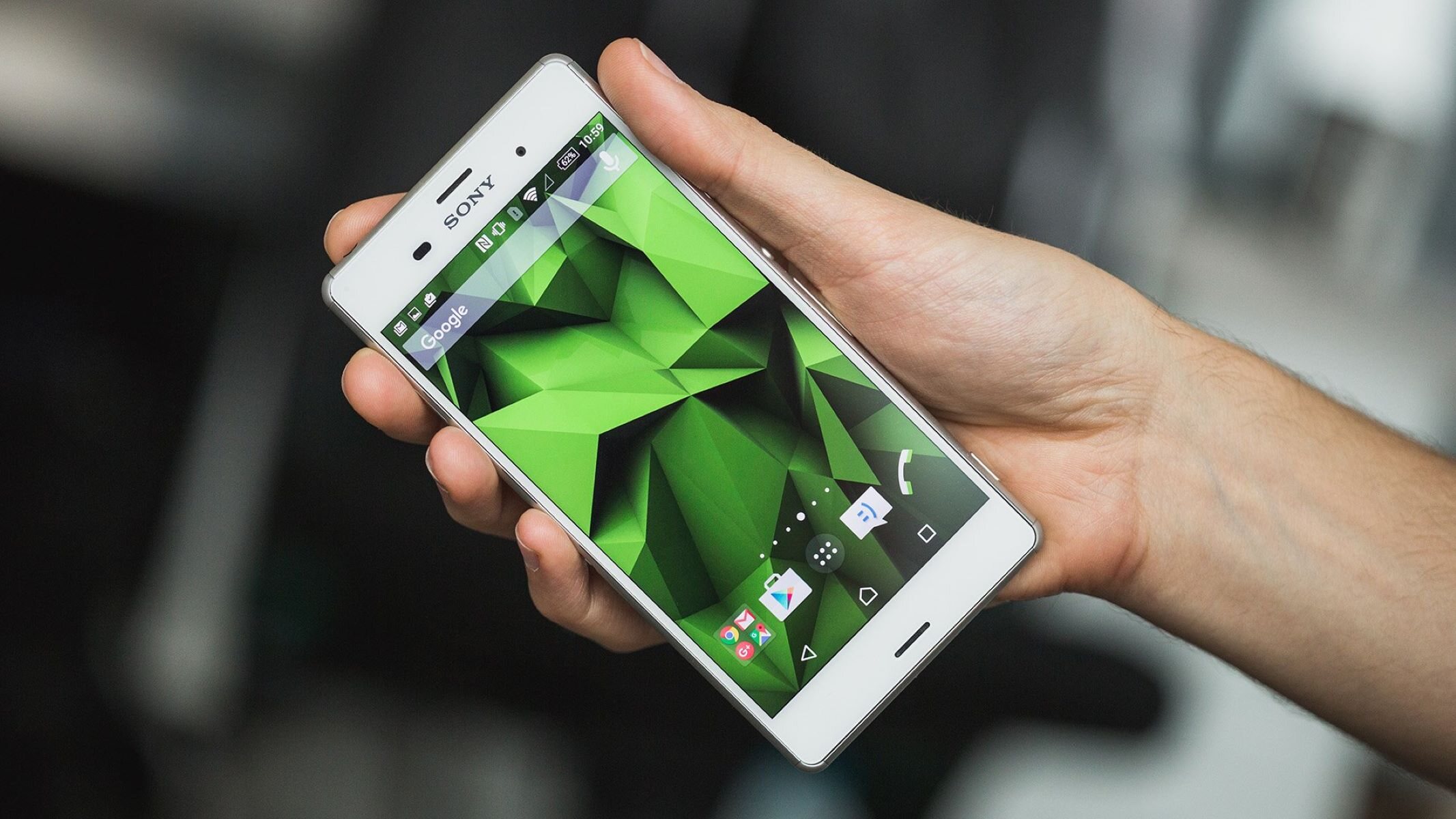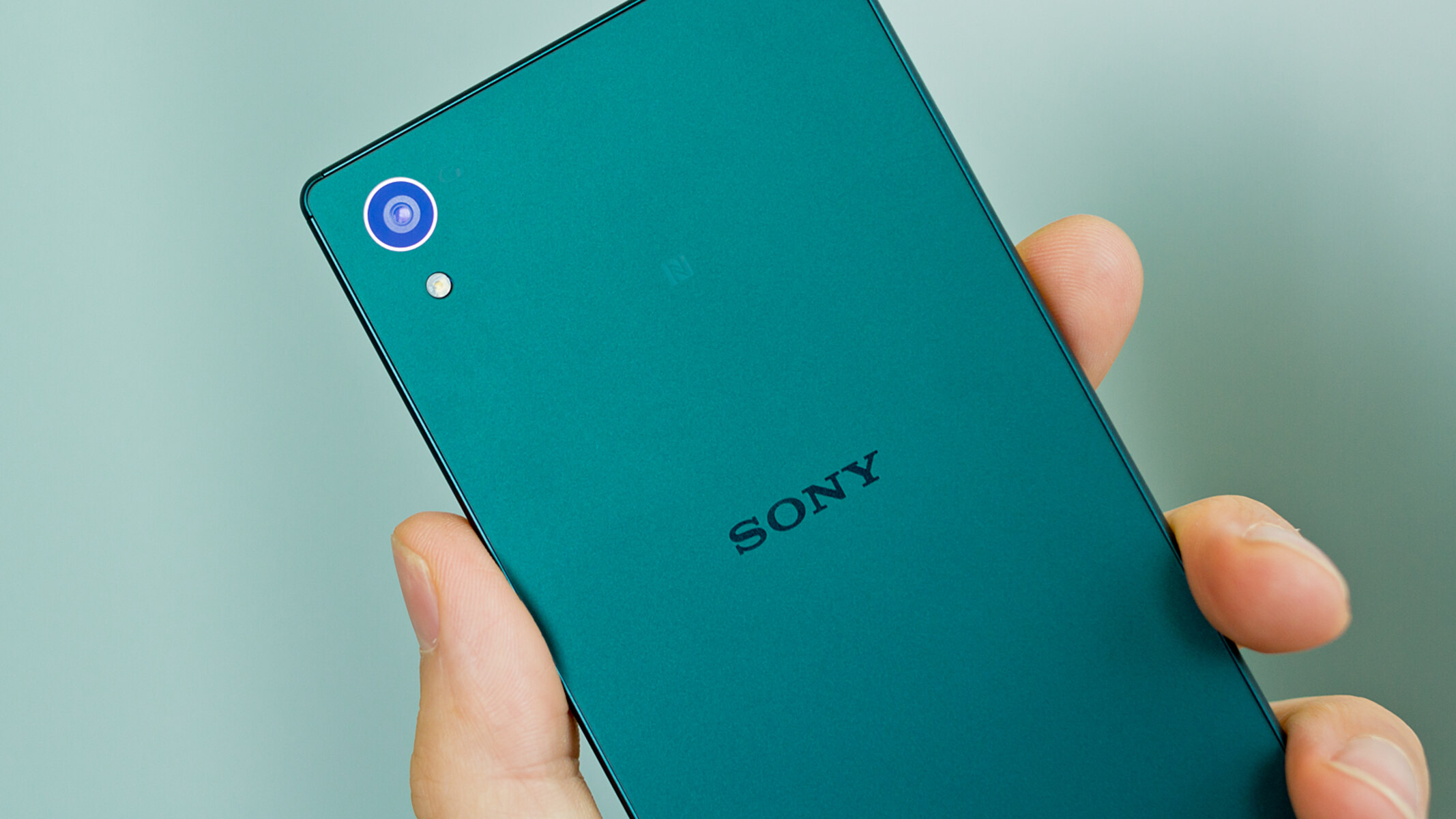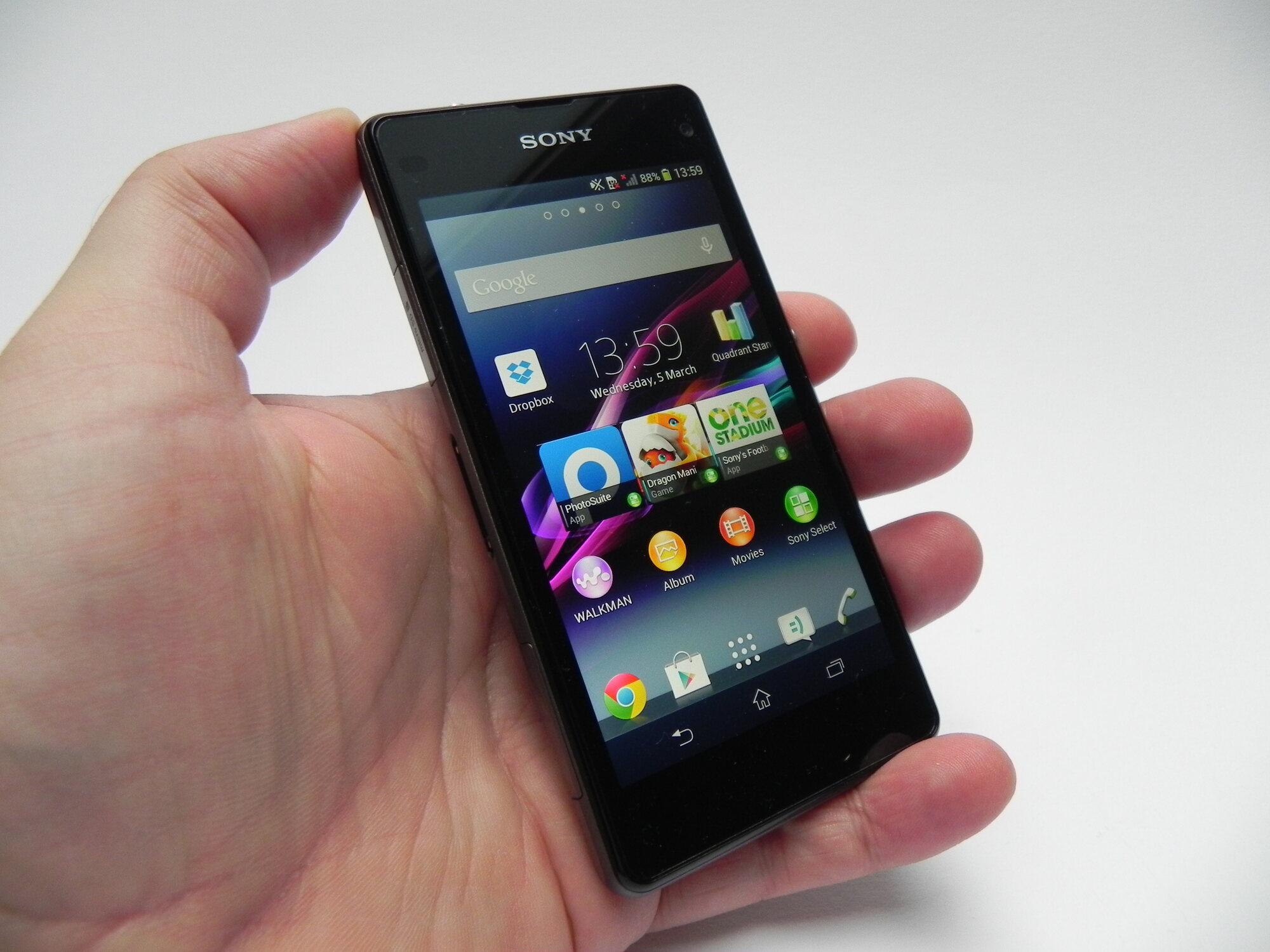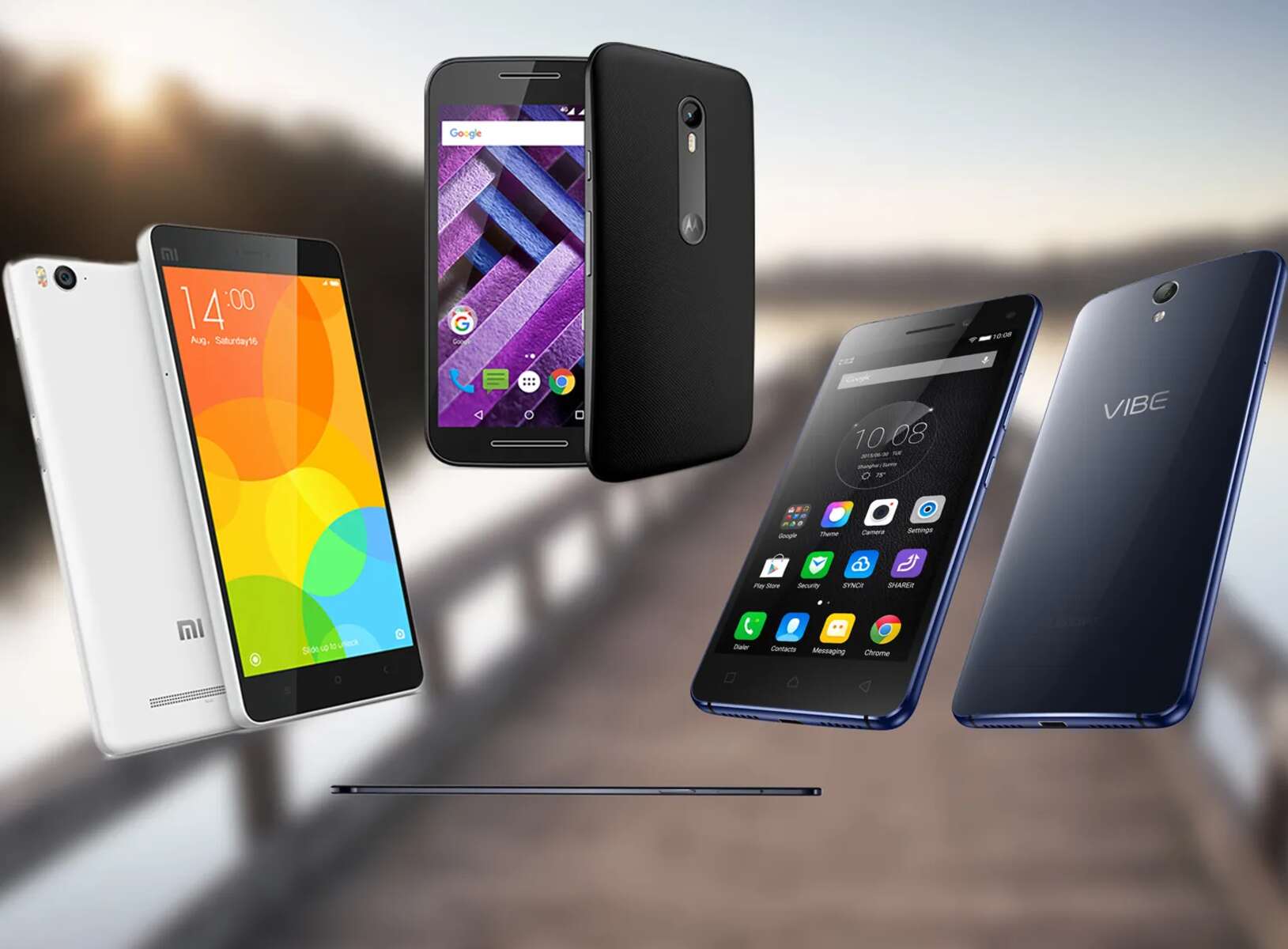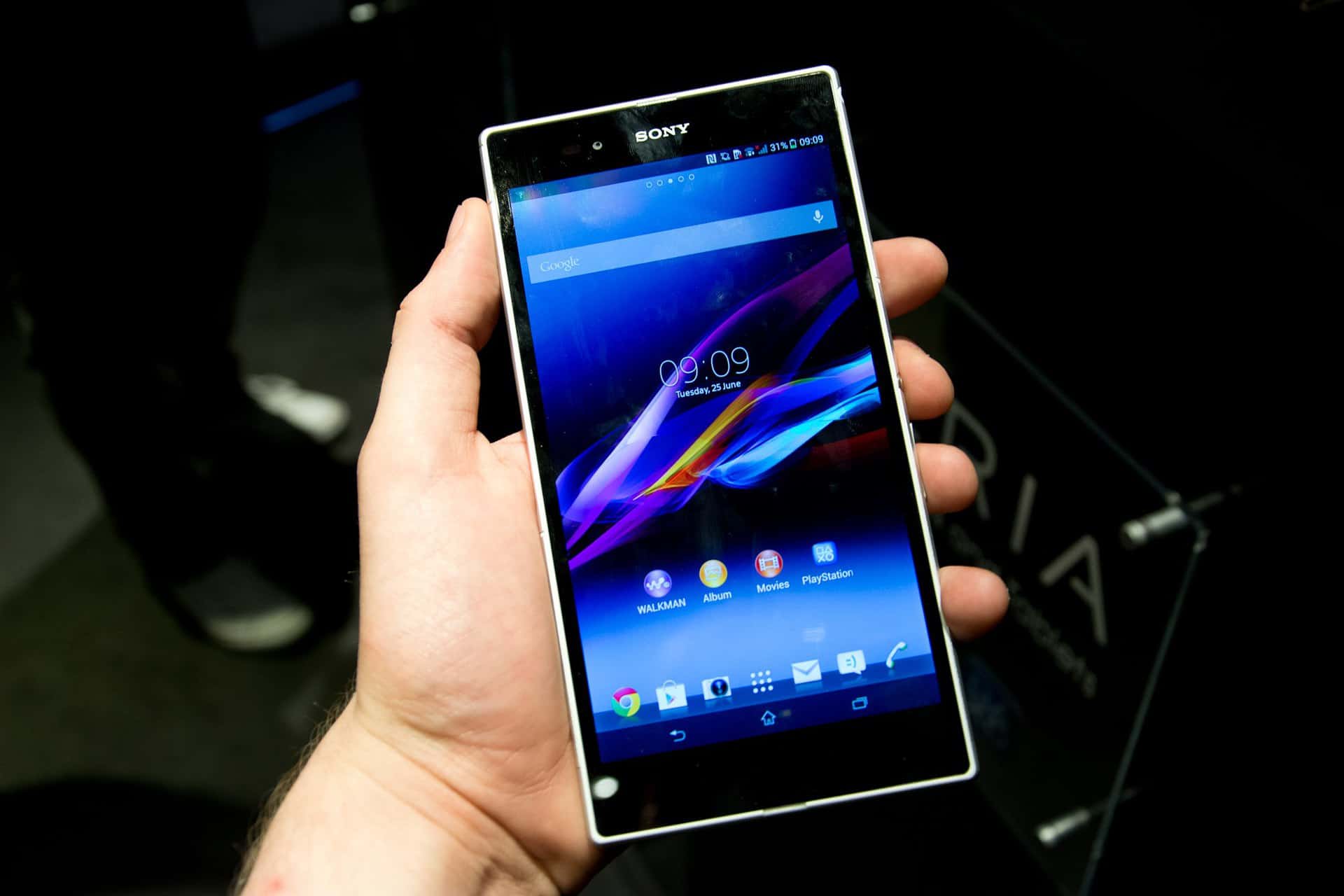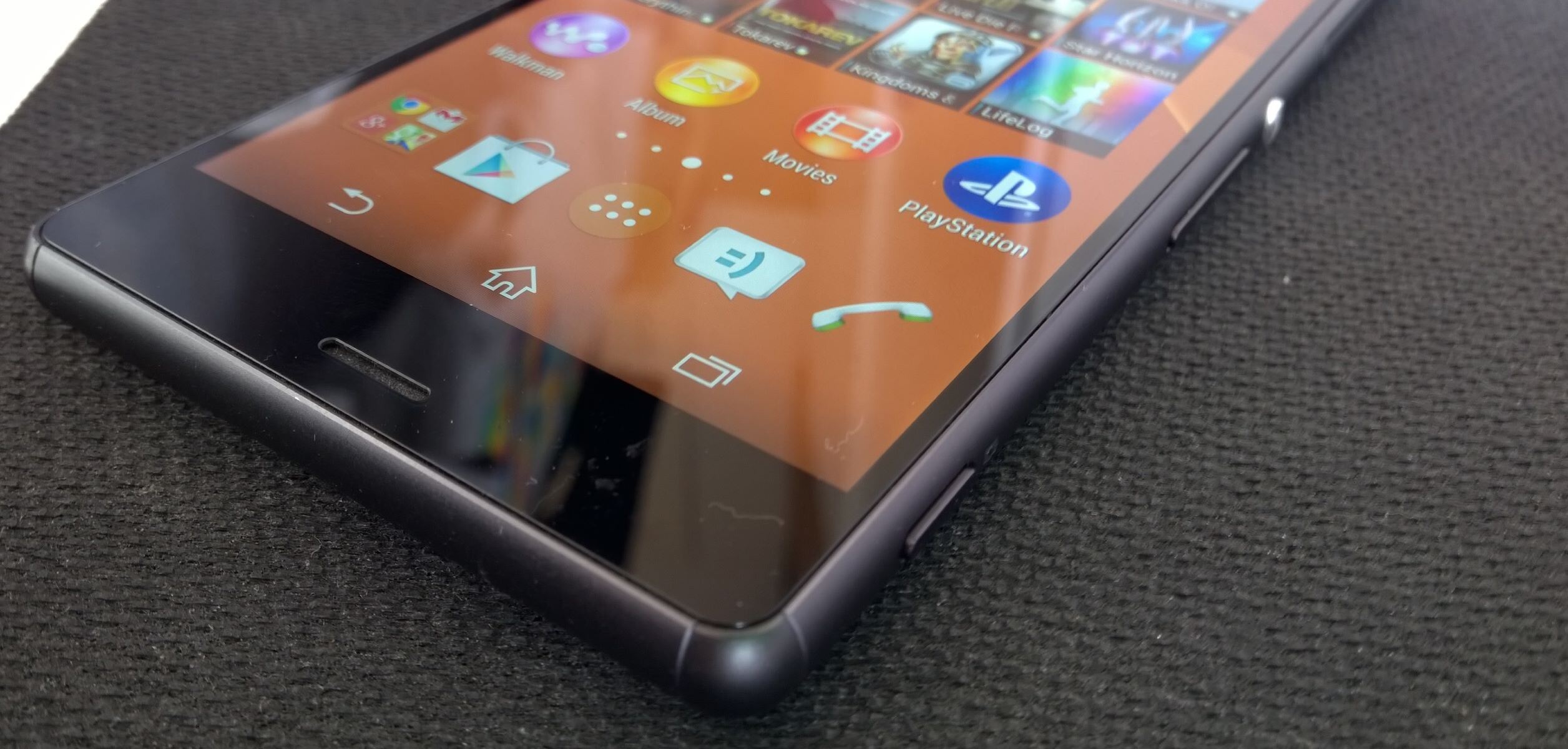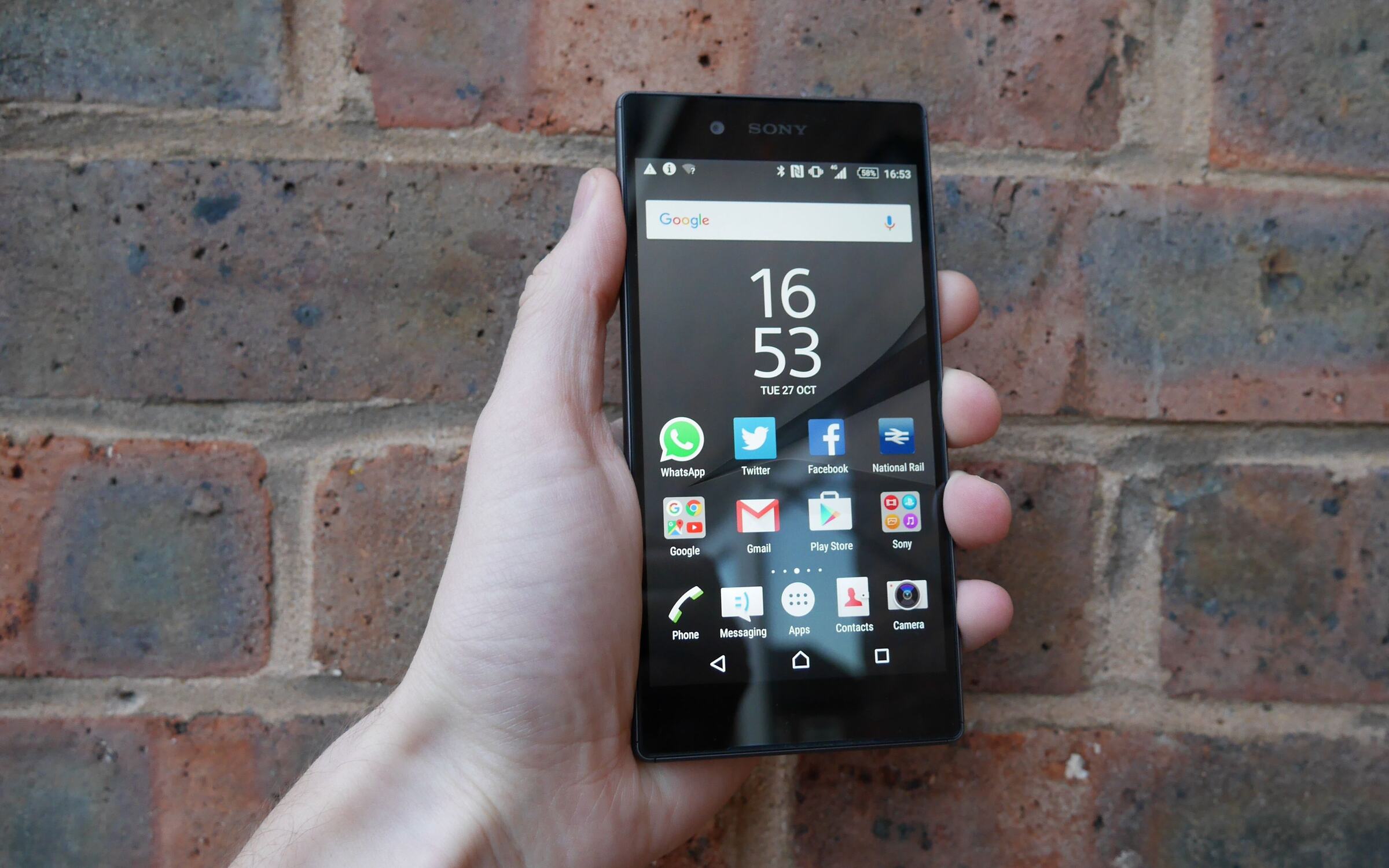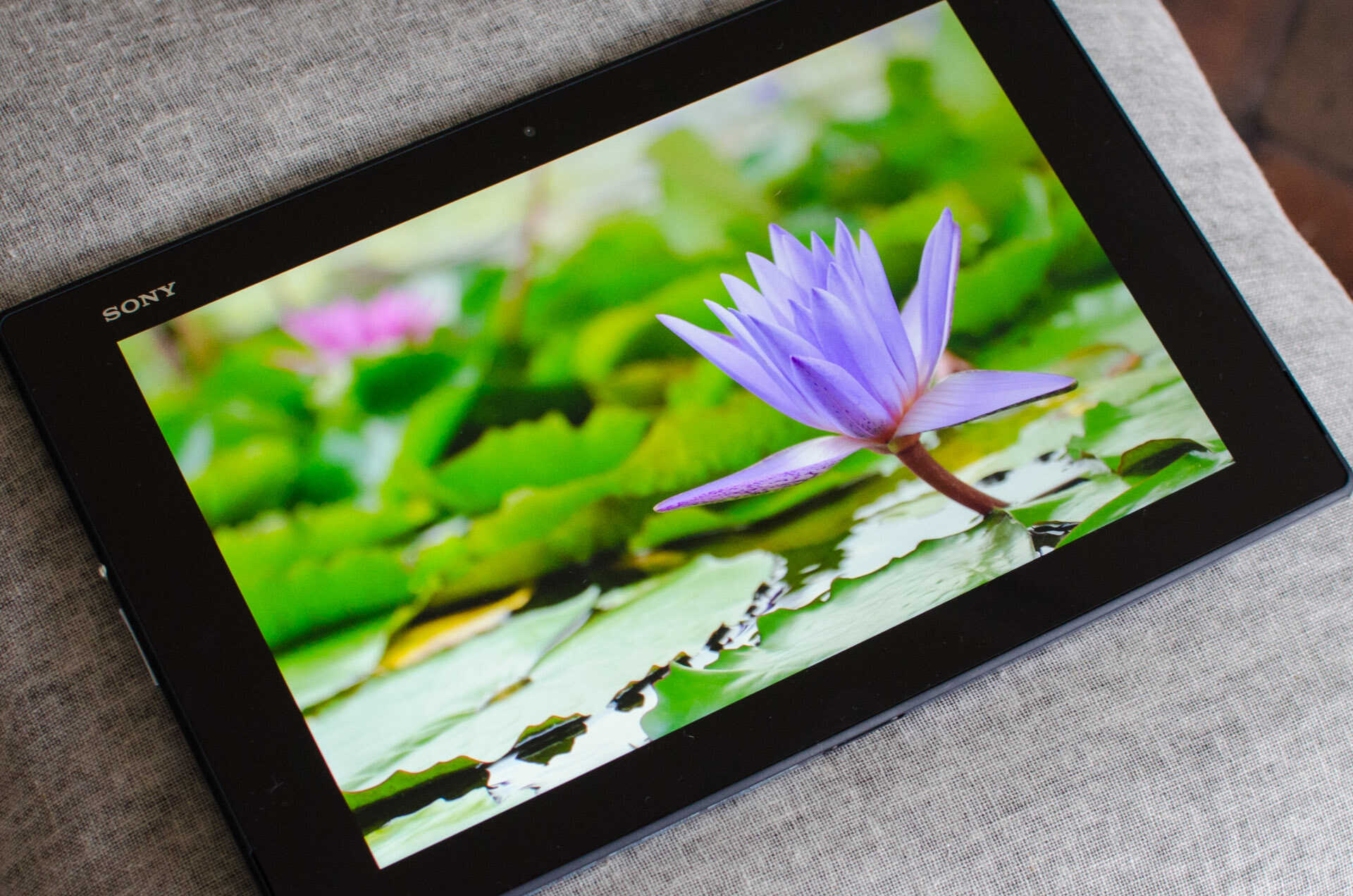Introduction
The Sony Xperia Z is a remarkable mobile device that has garnered attention for its sleek design, impressive features, and advanced technology. However, like any other smartphone, it is not without its drawbacks. In this article, we will delve into the weaknesses of the Sony Xperia Z, shedding light on areas where it may fall short of expectations. By understanding these drawbacks, consumers can make informed decisions when considering this device, weighing its strengths against its limitations.
The Sony Xperia Z, known for its elegant and sophisticated design, boasts a range of cutting-edge features that cater to the diverse needs of modern smartphone users. From its high-resolution display to its powerful processing capabilities, the Xperia Z has undoubtedly made a mark in the competitive mobile market. Nevertheless, it is essential to recognize that no device is flawless, and the Xperia Z is no exception.
In the following sections, we will explore the various aspects of the Sony Xperia Z that may be considered its weak points. From battery life and camera quality to display performance and durability, we will provide an in-depth analysis of these areas, offering valuable insights for potential users. Additionally, we will address the significance of software updates and the impact of the device's price point on its overall appeal.
By acknowledging the drawbacks of the Sony Xperia Z, we aim to equip consumers with a comprehensive understanding of the device, enabling them to make informed decisions based on their individual preferences and priorities. While the Xperia Z undoubtedly boasts numerous strengths, it is equally important to consider its limitations to ensure a well-rounded assessment of its suitability for various user needs and preferences.
Battery Life
The battery life of a smartphone is a crucial aspect that significantly impacts the overall user experience. In the case of the Sony Xperia Z, the battery life has been a point of concern for many users. While the device's high-resolution display and powerful processing capabilities contribute to an immersive and seamless user experience, they also demand substantial power consumption. As a result, the Xperia Z may struggle to deliver extended usage on a single charge, especially under heavy usage scenarios.
The Xperia Z is equipped with a non-removable Li-Ion 2330 mAh battery, which, while adequate for moderate usage, may fall short for users with high demands on their smartphones. Tasks such as gaming, video streaming, and continuous multitasking can drain the battery rapidly, necessitating frequent recharges throughout the day. This limitation can be particularly inconvenient for users who rely heavily on their smartphones for work, entertainment, or communication, as it may disrupt their daily activities and productivity.
Moreover, as the device ages, the battery capacity may degrade, further exacerbating the issue of insufficient battery life. This can lead to a noticeable decline in the duration for which the Xperia Z can sustain usage on a single charge, prompting users to seek alternative solutions such as portable power banks or frequent recharging.
While the Xperia Z offers power-saving modes and optimizations to mitigate battery drain, these measures may not fully address the underlying issue of limited battery capacity. As a result, users may find themselves compromising on certain features or adjusting their usage patterns to conserve battery life, which can detract from the overall user experience and convenience.
In light of these considerations, it is essential for prospective Xperia Z users to evaluate their usage patterns and requirements concerning battery life. Understanding the device's limitations in this aspect can help users make informed decisions, whether through adopting strategies to manage battery consumption or exploring alternative smartphone options that better align with their needs for prolonged usage without frequent recharging.
Camera Quality
The Sony Xperia Z, renowned for its innovative features and advanced technology, offers a compelling camera experience. However, when scrutinizing its capabilities, certain drawbacks come to light, particularly in the realm of camera quality. While the Xperia Z's camera excels in various scenarios, it falls short in certain aspects that warrant consideration.
The Xperia Z is equipped with a 13.1-megapixel rear camera, which, on paper, promises high-resolution imagery and impressive detail capture. In well-lit environments, the camera performs admirably, delivering sharp and vibrant images that showcase the device's imaging prowess. The inclusion of features such as HDR (High Dynamic Range) further enhances the camera's ability to capture scenes with varying light intensities, resulting in balanced and visually appealing photographs.
However, the camera's performance under low-light conditions reveals a notable weakness. In dimly lit settings, the Xperia Z's camera struggles to maintain image clarity and detail, often producing grainy or noisy photos. This limitation can hinder users who frequently capture moments in indoor or nighttime settings, as it compromises the device's versatility in diverse lighting environments.
Furthermore, the Xperia Z's camera software, while offering a range of shooting modes and customization options, may exhibit sluggish performance in certain instances. This can lead to delays in capturing spontaneous moments or result in missed photo opportunities, detracting from the overall user experience.
The device's front-facing camera, while adequate for video calls and selfies, may not match the quality standards set by contemporary smartphones. With a 2.2-megapixel resolution, the front camera delivers satisfactory results for basic usage but may lack the sharpness and detail expected in modern selfie cameras.
In the context of video recording, the Xperia Z's camera capabilities are commendable, offering Full HD (1080p) video capture with smooth frame rates and clear audio. However, the absence of advanced stabilization features can lead to shaky footage, especially when recording motion-intensive scenes or handheld videos.
In summary, while the Sony Xperia Z's camera excels in certain aspects, such as high-resolution photography and video recording, its performance under low-light conditions and the limitations of the front-facing camera warrant consideration. Prospective users should assess their photography needs and preferences to determine the extent to which the Xperia Z's camera quality aligns with their expectations and usage patterns.
Display Quality
The display quality of a smartphone plays a pivotal role in shaping the user experience, influencing everything from visual content consumption to interface navigation. In the case of the Sony Xperia Z, the device's display, while offering notable strengths, also exhibits certain limitations that warrant careful consideration.
The Xperia Z features a 5-inch TFT LCD display with a resolution of 1920 x 1080 pixels, delivering a pixel density of approximately 441 pixels per inch (PPI). This high-resolution display contributes to sharp and detailed visuals, making it well-suited for tasks such as video streaming, gaming, and image viewing. The inclusion of Sony's proprietary Bravia Engine 2 further enhances the display's performance, optimizing color reproduction and contrast for a visually engaging experience.
However, despite these strengths, the Xperia Z's display is not without its drawbacks. One notable limitation is its performance under direct sunlight or bright outdoor conditions. The display's visibility and legibility may diminish when exposed to intense sunlight, making it challenging for users to interact with the device or view content comfortably in outdoor settings. This limitation can be particularly inconvenient for users who frequently use their smartphones in outdoor environments, such as during outdoor activities or while commuting.
Additionally, the Xperia Z's display, while offering vibrant colors and commendable sharpness, may exhibit a tendency to veer towards cooler color temperatures. This can result in a slightly bluish or colder tone in certain visual content, impacting the overall color accuracy and warmth of the display. While this characteristic may not be a significant concern for casual users, individuals with a keen eye for color reproduction and visual fidelity may find this aspect noteworthy.
Furthermore, the Xperia Z's display technology, while delivering respectable performance, may not match the advancements seen in contemporary smartphone displays, such as OLED or AMOLED panels. The absence of features like deep blacks and individually lit pixels, characteristic of OLED displays, may limit the Xperia Z's ability to achieve the same level of contrast and energy efficiency observed in devices with newer display technologies.
In summary, while the Sony Xperia Z's display offers high resolution and commendable visual performance, its limitations in outdoor visibility, color temperature, and display technology warrant consideration. Prospective users should evaluate their usage patterns and preferences concerning display quality to determine the extent to which the Xperia Z's display aligns with their expectations and visual requirements.
Durability
The durability of a smartphone is a critical factor that directly impacts its longevity and resilience in the face of everyday usage and environmental factors. In the case of the Sony Xperia Z, the device exhibits a blend of robust design elements and notable vulnerabilities, shedding light on its overall durability.
One of the standout features of the Xperia Z is its water and dust resistance, a characteristic that sets it apart from many contemporary smartphones. With an IP55/IP57 rating, the Xperia Z is designed to withstand immersion in water for a specified duration and resist the ingress of dust particles, offering users a sense of security against accidental spills, splashes, and exposure to dusty environments. This feature enhances the device's durability, making it well-suited for users who prioritize resilience in their smartphones.
However, despite its water and dust resistance, the Xperia Z is not impervious to all forms of damage. The device's glass construction, while contributing to its sleek and premium aesthetic, also poses a vulnerability to impact damage. The use of glass on both the front and back panels makes the Xperia Z susceptible to cracks, scratches, and shattering upon impact, especially in the absence of protective cases or covers. This aspect warrants careful handling and consideration, as users must be mindful of the device's susceptibility to physical damage, particularly in scenarios where accidental drops or impacts may occur.
Moreover, the Xperia Z's design, while visually striking, may exhibit certain fragilities that can compromise its overall durability. The device's construction, characterized by sleek lines and a slim profile, may sacrifice some degree of structural robustness in favor of aesthetics. This trade-off can manifest in scenarios where the device is subjected to bending or flexing, potentially leading to structural integrity issues over time.
Additionally, the ingress protection of the Xperia Z, while effective against water and dust, may not fully safeguard the device against other environmental factors, such as extreme temperatures or pressure. Users should exercise caution when exposing the device to conditions outside its specified operating parameters to prevent potential damage or performance issues.
In summary, the Sony Xperia Z's durability is characterized by a blend of resilience and vulnerabilities, with its water and dust resistance standing out as a notable strength. However, users should remain mindful of the device's susceptibility to impact damage and the potential fragilities associated with its design. By understanding these aspects, users can take proactive measures to safeguard the Xperia Z and prolong its usability, ensuring a satisfactory and enduring smartphone experience.
Software Updates
Software updates play a pivotal role in shaping the user experience and long-term usability of a smartphone. In the context of the Sony Xperia Z, the approach to software updates has been a subject of consideration for users seeking to ensure the device's performance, security, and access to new features over time.
The Xperia Z, initially launched with a specific version of the Android operating system, has undergone a series of software updates aimed at addressing performance optimizations, security enhancements, and feature additions. However, as the device has progressed through its lifecycle, the frequency and scope of software updates have become a point of scrutiny for users seeking ongoing support and improvements.
One of the notable considerations regarding software updates for the Xperia Z is the longevity of official support from Sony. As smartphones evolve and newer models are introduced, manufacturers often adjust their support timelines for older devices, potentially impacting the frequency and duration of software updates. This aspect prompts users to assess the likelihood of continued software support for the Xperia Z and the implications for its long-term usability.
Furthermore, the timing and delivery of software updates for the Xperia Z have been a topic of interest for users eager to access the latest enhancements and security patches. The efficiency of delivering updates, including the coordination between Sony, network carriers, and regional variations, can influence the user experience by determining the timeliness of receiving critical updates and new features.
In the context of Android, the Xperia Z's software update experience is influenced by the evolution of the Android ecosystem itself. As newer versions of the Android operating system are released, users may anticipate the compatibility and availability of these updates for their devices. The consideration of whether the Xperia Z will receive updates to newer Android versions becomes a significant factor for users seeking to stay current with the latest software capabilities.
Moreover, the impact of software updates on the Xperia Z's performance and user interface is a key aspect to consider. While updates may introduce new features and optimizations, they can also affect the device's responsiveness, battery life, and overall user experience. Users weigh the potential benefits of new software versions against the risk of encountering performance issues or compatibility challenges.
In summary, the approach to software updates for the Sony Xperia Z encompasses considerations of long-term support, update delivery efficiency, compatibility with newer Android versions, and the balance between feature enhancements and potential performance impacts. By understanding these aspects, users can make informed decisions regarding the Xperia Z's software update landscape, ensuring a satisfactory and sustainable smartphone experience.
Price Point
The price point of a smartphone is a pivotal factor that influences consumers' purchasing decisions and reflects the perceived value offered by the device. In the case of the Sony Xperia Z, the device's pricing has been a subject of consideration for prospective buyers evaluating its features, performance, and overall appeal.
Upon its initial release, the Sony Xperia Z entered the market at a premium price point, positioning itself as a flagship offering from the renowned electronics manufacturer. The device's advanced specifications, including its high-resolution display, powerful processor, and water-resistant design, contributed to its premium positioning, reflecting the investment required to acquire a device with such capabilities.
However, as the smartphone landscape evolved and newer models were introduced, the Xperia Z's price point underwent adjustments to align with market dynamics and competitive offerings. This shift in pricing aimed to balance the device's value proposition with the evolving expectations of consumers, particularly in the context of emerging technologies and feature advancements seen in contemporary smartphones.
The Xperia Z's pricing, while reflective of its premium features and design, also intersected with considerations of its position in the product lifecycle. As newer iterations and models entered the market, the Xperia Z's price point evolved to accommodate its status as a previous flagship device, offering a balance between its established capabilities and its positioning in the context of newer smartphone releases.
Moreover, the Xperia Z's price point influenced users' assessments of its overall value, prompting considerations of its performance, durability, and long-term usability in relation to the investment required. Users sought to gauge the device's competitive positioning against other smartphones in its price range, weighing factors such as camera quality, software support, and design aesthetics to determine its value proposition.
The Xperia Z's price point also intersected with users' expectations for ongoing support and software updates, as the investment in a premium device warranted considerations of its long-term usability and the likelihood of continued enhancements and optimizations.
In summary, the price point of the Sony Xperia Z encapsulated its positioning in the smartphone market, reflecting its premium features, competitive landscape, and value proposition for prospective buyers. By understanding the device's price point in the context of its capabilities and market dynamics, users could make informed decisions regarding its suitability and overall value as a smartphone investment.
Conclusion
In conclusion, the Sony Xperia Z, while showcasing an array of impressive features and innovative technology, exhibits certain drawbacks that warrant careful consideration for prospective users. From limitations in battery life and camera quality to considerations of display performance, durability, software updates, and price point, the Xperia Z presents a nuanced landscape of strengths and weaknesses.
Understanding the drawbacks of the Xperia Z is essential for users seeking to make informed decisions aligned with their individual preferences and priorities. The device's battery life, while adequate for moderate usage, may pose challenges for users with high demands on their smartphones, necessitating proactive management of power consumption. The camera quality, while excelling in certain scenarios, exhibits limitations in low-light conditions and front-facing imaging, prompting users to assess their photography needs and preferences. The display quality, characterized by high resolution and vibrant visuals, may encounter challenges in outdoor visibility and color accuracy, influencing users' visual experiences in diverse settings.
Furthermore, the Xperia Z's durability, marked by water and dust resistance, coexists with vulnerabilities related to impact damage and design fragilities, prompting users to adopt cautious handling practices to safeguard the device. The approach to software updates for the Xperia Z encompasses considerations of long-term support, update delivery efficiency, compatibility with newer Android versions, and the balance between feature enhancements and potential performance impacts. The device's price point, reflective of its premium features and positioning in the smartphone market, intersects with users' assessments of its overall value and competitive standing against contemporary offerings.
By acknowledging these drawbacks, users can navigate the smartphone landscape with a comprehensive understanding of the Sony Xperia Z's capabilities and limitations. This informed approach empowers users to weigh the device's strengths against its weaknesses, aligning their expectations with its performance, features, and long-term usability. Ultimately, the Xperia Z's drawbacks, when viewed in conjunction with its strengths, serve as valuable insights for users seeking a balanced assessment of the device's suitability for their diverse needs and preferences.







